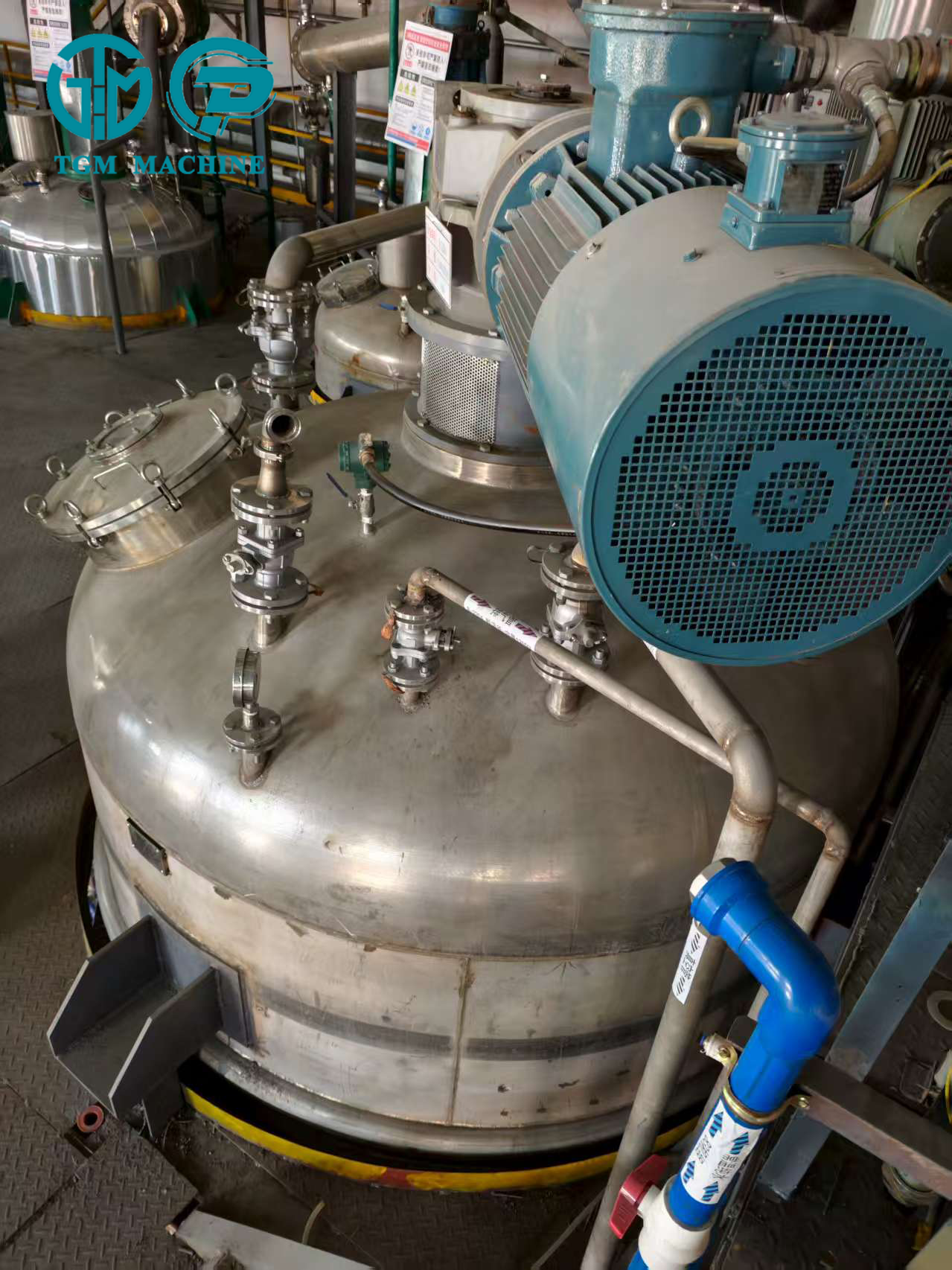Email cannot be empty
Password cannot be empty
Email format error
Email cannot be empty
Email already exists
6-20 characters(letters plus numbers only)
The password is inconsistent
Email format error
Email cannot be empty
Email does not exist
6-20 characters(letters plus numbers only)
The password is inconsistent


From Chemicals to Color: The Fascinating Science Behind Latex Paint Production
Have you ever stood in a hardware store, staring at a wall of paint chips, and wondered how that perfect gallon of color comes to life? The journey from raw materials to the smooth, durable coating on your walls is a fascinating blend of chemistry and precision engineering.
At its core, latex paint isn't made from the sap of rubber trees. The term "latex" here refers to a water-based emulsion of synthetic polymer particles. Let's pull back the curtain and walk through the key stages of how paint is produced in a modern factory.
The Key Ingredients
Before production begins, it's essential to understand the recipe. Every can of paint contains four core components:
-
Pigments: These are the fine, solid particles that provide color, opacity, and hiding power. Titanium dioxide is the most crucial white pigment, while other colored pigments (like iron oxides for reds and yellows) create the vast spectrum of colors.
-
Resin (Binder): This is the "latex" itself—an acrylic polymer emulsion. After the paint is applied, the resin particles fuse together as the water evaporates, forming a continuous, adhesive film that binds the pigments to the surface.
-
Solvents: In latex paint, the primary solvent is water. It makes the paint easy to apply, carries the pigments and resin, and is low in VOCs (Volatile Organic Compounds), making it environmentally friendly.
-
Additives: These are the secret weapons, making up a small but vital part of the formula. They include thickeners to prevent settling, surfactants for better pigment dispersion, biocides to prevent mildew, and defoamers.
The Manufacturing Process: A Step-by-Step Journey
The production of paint is a carefully controlled, multi-stage process designed to achieve a perfectly consistent product, batch after batch.
Stage 1: The Slurry – Pre-mixing and Dispersion
The process begins in a large, high-speed dispersion tank. The water, additives, and pigments are combined. A powerful, high-speed mixer (called a disperser) rotates at tremendous speeds, breaking down pigment clumps and "wetting" each particle with the liquid. This creates a thick, gritty paste known as the "mill base." The goal here is to de-agglomerate the pigments, ensuring no clumps remain that could cause a rough finish.
Stage 2: The Grind – Achieving Perfect Smoothness
While the pre-mixer does a good job, some pigments are notoriously hard to break apart. For premium paints, the mill base may move to an even more powerful grinding machine, like a sand mill or a series of rollers. These machines use tiny beads or immense pressure to shear the pigment particles down to their ultimate fineness, guaranteeing that velvety-smooth application.
Stage 3: The Let-Down – Bringing It All Together
Once the pigment slurry is perfectly smooth and consistent, it's transferred to a larger, slower-speed mixing tank. This is the "let-down" phase. Here, the resin (the binder) is carefully added and blended in. Mixing at a slower speed is crucial to prevent damaging the delicate polymer emulsion and introducing air bubbles.
This is also the stage where any final additives—like specific thickeners or additional biocides—are incorporated. The mixture is thinned to its final consistency with more water.
Stage 4: Quality Control – The Uncompromising Check
Before the paint can be canned, samples are rigorously tested in the lab. Technicians check for:
-
Viscosity: Is it the right thickness?
-
Color: A sample is drawn down on a card and compared to the standard to ensure an exact color match.
-
pH and Density: Confirming the chemical balance is correct.
-
Scrub Resistance and Gloss: Applied to test panels and put through simulated wear.
Any necessary adjustments are made at this stage.
Stage 5: Filtration and Canning – The Final Step
The finished paint is pumped through a series of filters to remove any potential contaminants or oversized particles. Finally, the paint flows into filling machines that automatically fill and seal the cans, which are then labeled, packed, and shipped to stores, ready for your next project.
More Than Just Color
The next time you open a can of paint, you're not just looking at a color—you're holding the result of sophisticated chemistry and meticulous manufacturing. It’s a product designed not only to beautify your space but also to protect your walls for years to come.

